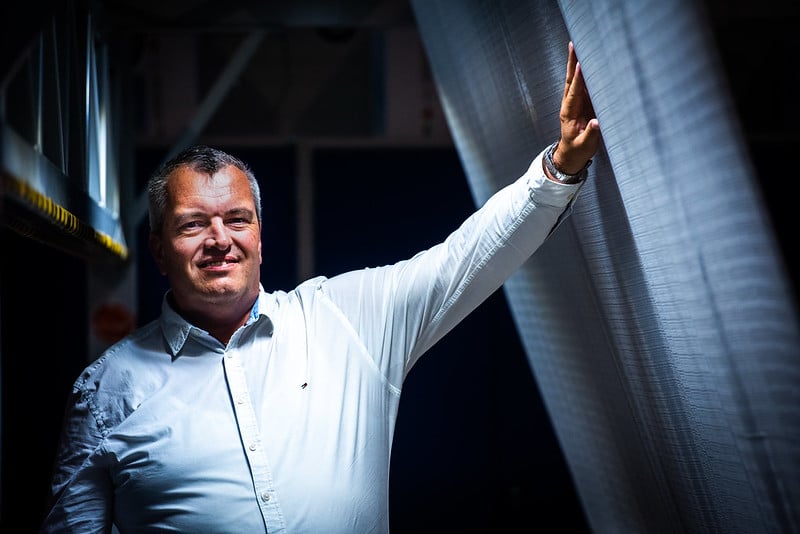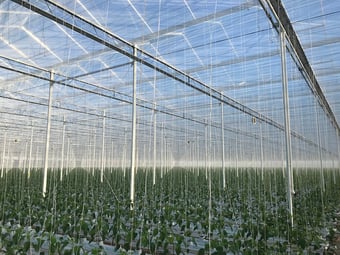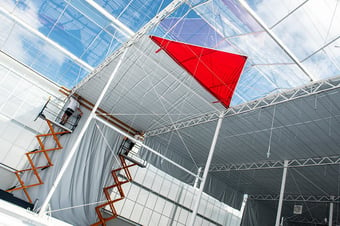One of the most reliable and adaptable ways in which growers can create consistent conditions inside the greenhouse is to use climate screens. There are different types of screens that enable growers to achieve a higher level of control over their greenhouse environment and easily adapt to changes in the weather and external factors.
Many climate screens reduce energy consumption, which can boost your bottom line in the current era of rising energy prices. They can also help growers meet their environmental targets and those of their customers, in turn winning the growers more business.
Climate screens can be used to address a variety of issues in the greenhouse. There are five possible types of screens:
1. Energy saving screens
Energy saving screens take advantage of the heat from the sun, trapping it inside the greenhouse to support crops that require intensive heating. They also help to optimize the moisture balance in the greenhouse due to their specially-designed weave. And they can do all this while also saving up to 47% of energy. The energy saving screen is also available in a diffuse version. 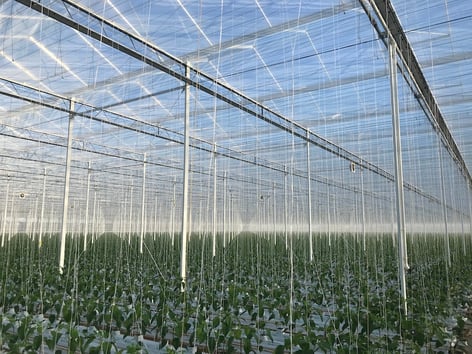
2. Light diffusing screens
The knitted structure of this screen, in combination with the light diffusion strips, ensures an even distribution of light coming into the greenhouse. This prevents leaf scorching in plants in sunny areas, while allowing light into the shadier areas of your greenhouse.
Light diffusion screens can also provide energy savings, temperature control and moisture regulation.
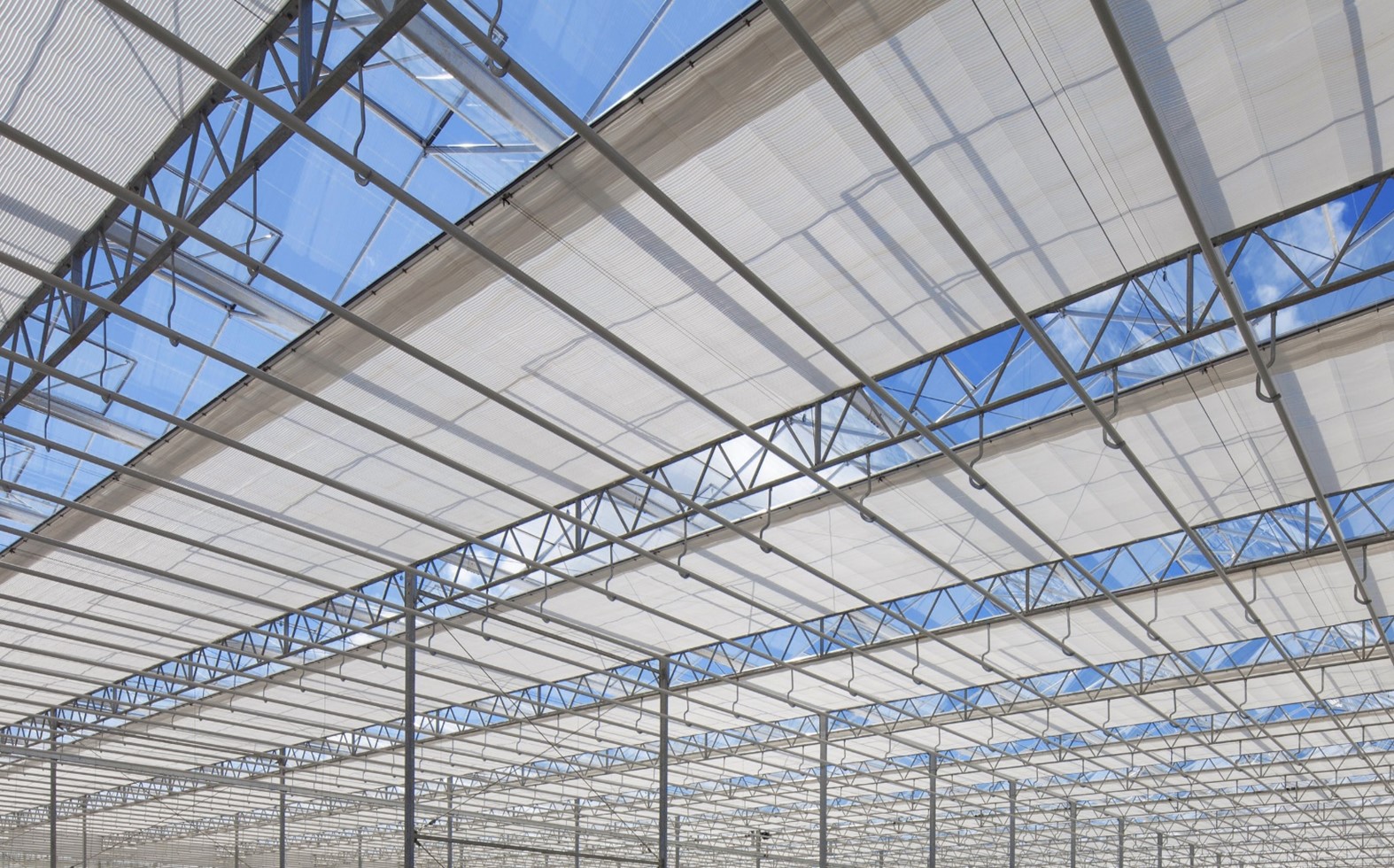
3. Sun shading screens
Sun shading screens protect the plants from too much direct light in sunny locations or during sunny times of the year. Not only do they prevent the plants from receiving too much light, but sun shading screens also help you to achieve maximum energy savings at night.
Sun shading screens are very popular with growers who need to provide their crop with both shade and a cool environment.
The screens also help to regulate moisture, which reduces the risk of condensation in the event of a sudden drop in temperature. They can save up to 68% of energy.
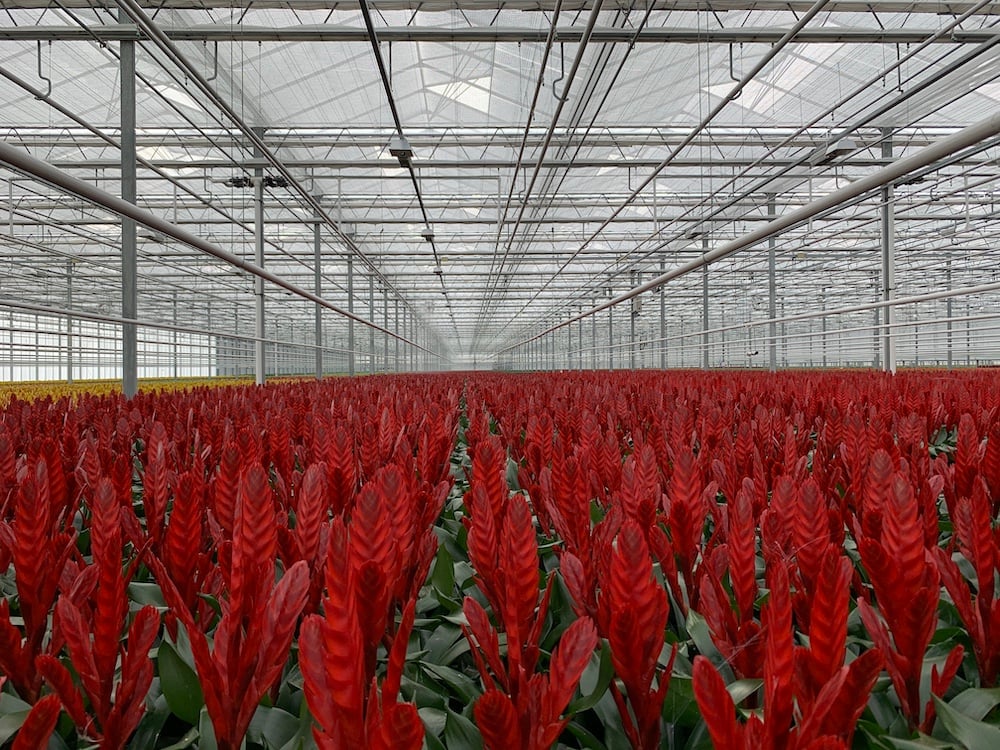
4. Light restriction screens
Light restriction screens block out some light, while still allowing heat to come through the screen. They are great for crops that need supplemental lighting because they reduce the light pollution emitted from the greenhouse.
Overall, light restriction screens help you control the climate in the greenhouse while complying with strict lighting regulations, which are becoming more common around the world.
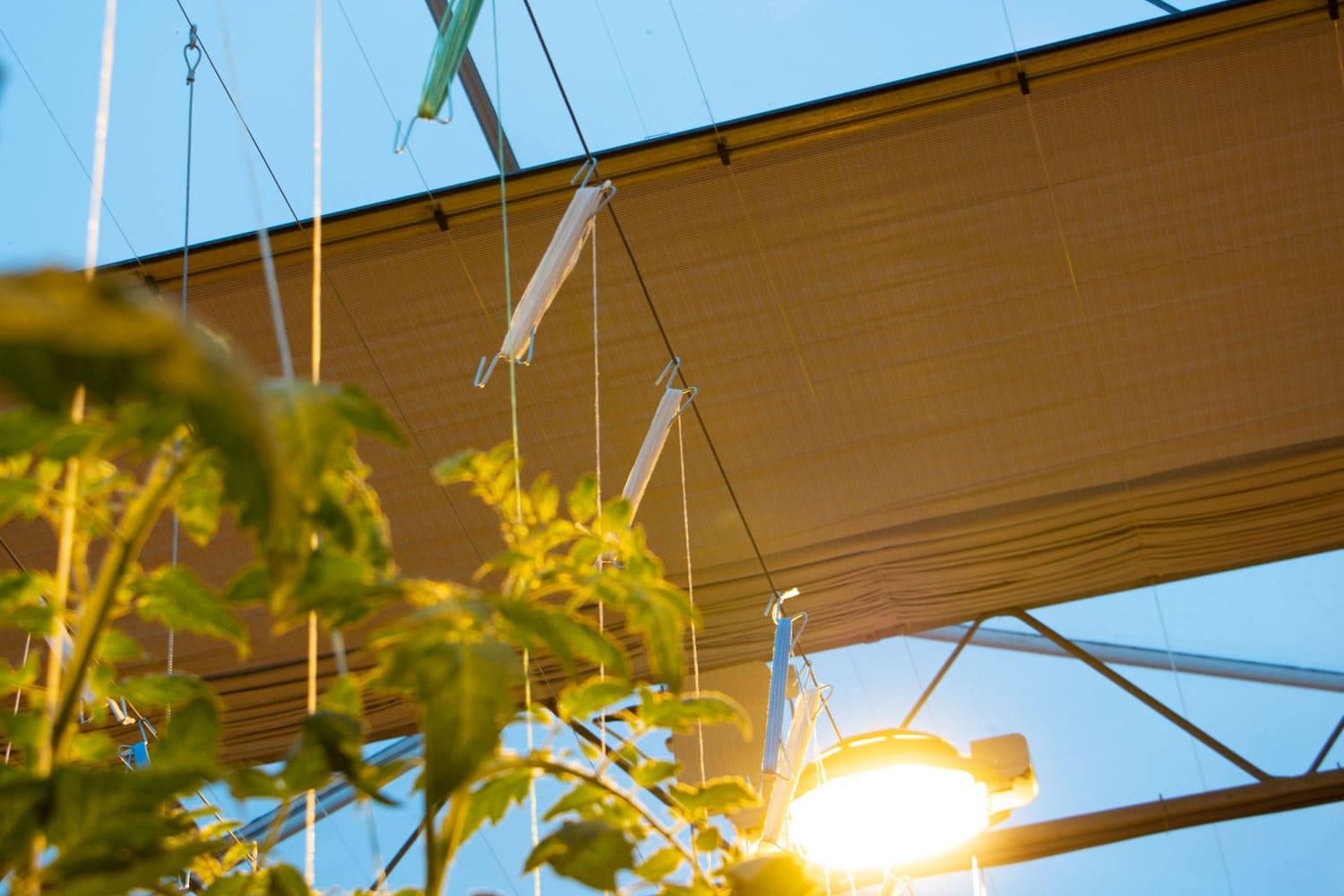
5. Blackout screens
Blackout screens do exactly as their name suggests – they hermetically seal the greenhouse from all incoming light, blocking out 99.9% of light from the greenhouse. Their main purpose is to shorten the length of day for crops that have specific requirements for the timing of light, for example, chrysanthemums, gerberas, kalanchoes and medicinal crops. These can then be produced all year round.
Blackout screens provide additional benefits such as preventing condensation by using a weave designed for this purpose and helping to maintain an ideal temperature. These properties enable you to maintain the ideal temperature and climate in the greenhouse. The blackout screen is available in various configurations.
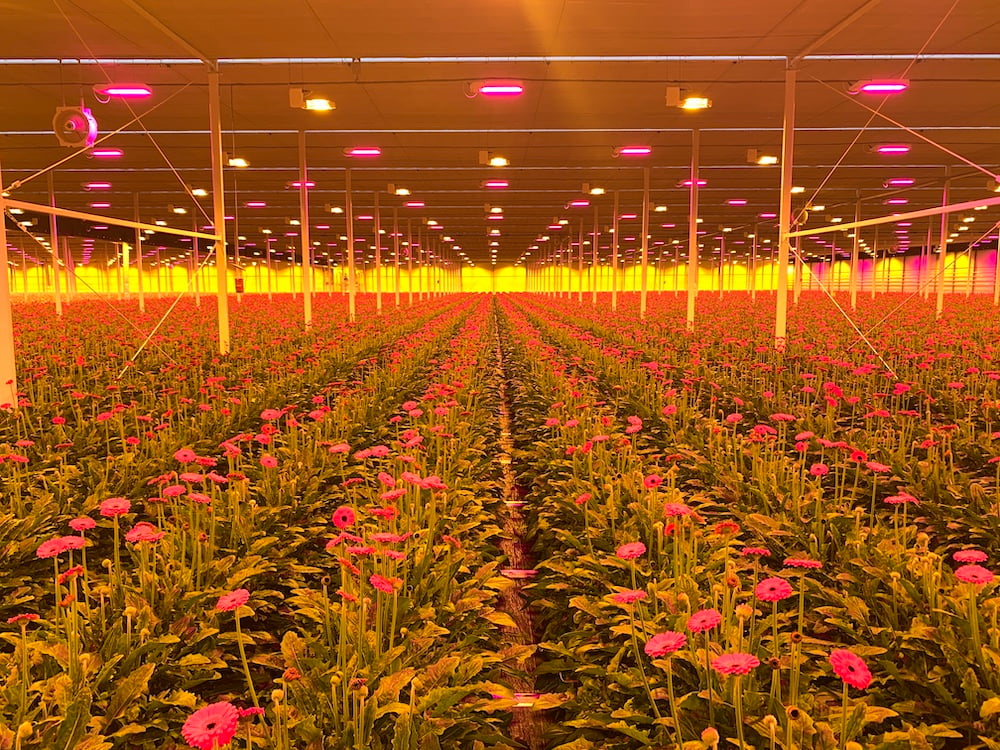 Single versus multiple-screen systems
Single versus multiple-screen systems
A single-screen system can address a wide range of factors that contribute to inconsistent growing conditions. But you could also consider a multiple-screen system to provide you with an even more customized solution to address just about any factor.
For example, an energy saving screen could be combined with a light restriction screen, or two energy saving screens could be used together. This could be a good solution for growers in locations where the weather varies a lot between seasons, such as California. Here the summers are hot and sunny, but the winters are cold and there can be snow. A multiple-screen system can be used to adapt growing conditions to these seasonal variations.
Understanding what types of screens are on the market and what they can do is essential. Once you have considered the five types of screens available, we recommend talking to your crop advisor, a screen installer, and a climate screen expert to determine which screen solution best suits the specific needs of your crop.
Whatever the weather, climate screens allow growers to adapt their greenhouses to suit their crops best, maximizing yield and efficient use of energy.
Read our climate screens product sheet
The climate in your greenhouse is one of the most important factors to ensure crop quality, steadiness of production and yield. Choosing the right climate screens will have a significant impact on the climate in your greenhouse.
The first step towards identifying which climate screens may be right for you is to assess your specific needs. But how do you know which climate screens are right for your greenhouse? Download our product sheet and find out five factors to consider when choosing climate screens.
